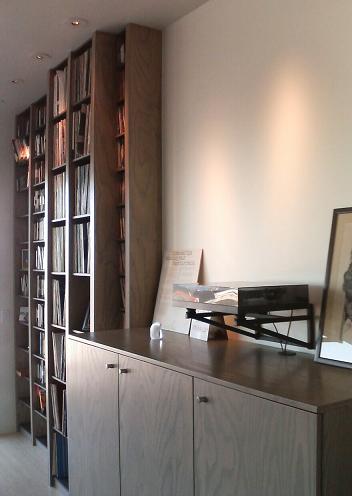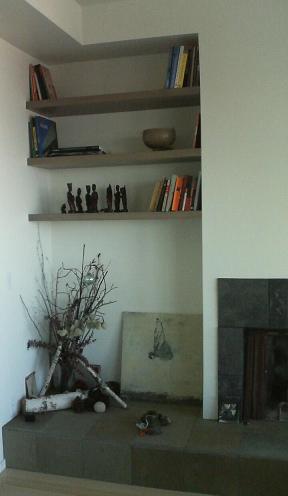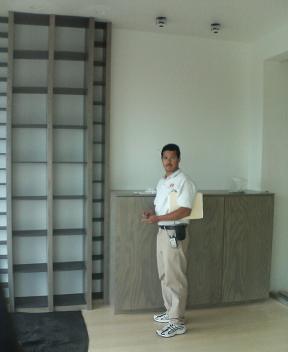TV: what replaces the VCR?
I thought I was set for last night's digital TV transition, I've been watching free digital TV over-the-air for a while. Then I realized... the VCR!!? No more sticking a tape in 5 minutes before you leave in order to record some must-see TV, only to find you overwrote the middle of the Lawrence Welk PBS special after the funny Andy Rooney rant, and then trying to pencil in a meaningful update to the table of contents on the two tape labels and the box to remind you of the random bits of video on the tape worth keeping.
I wonder how many others will be in the same situation? I guess I could get a DTV converter box only for use with the VCR, but tape is so last-century. Once demodulated, the HD signal is fully digital (it's just MPEG-2 1s and 0s), so turning it back into high-frequency modulation of magnetic particles on squeaky spools of plastic film coated with rust seems completely unnecessary. My Samsung LCD TV already has a USB port to read video files from a USB flash drive, it seems it would be a simple software upgrade for it to write video files to USB.
I guess two years ago when electronic companies were planning today's TVs, the bandwidth of HDTV seemed so massive that it would flood any storage device. The digital broadcast TV data rate is 19.4 Mbit/s, which means a 1-hour show fills 8.7 Gigabytes. But nowadays that's half a $25 16GB USB drive. And I think most broadcast "channels" squeeze several digital channels into that bandwidth, so the real rate is less.
As with all other media, the digitization of TV means any small rectangular box with computer chips can now work with video, and indeed cameras, computers, phones, and videogame consoles all do. (The future of video is a bigger discussion than the VCR replacement...) The tuning of over-the-air broadcasts has become the province of digital TV capture "cards" for computers such as the Pinnacle PCTV HD Pro stick; plug an antenna into it, plug it into a PC's USB slot, and watch or record broadcast TV. But that means dedicating a computer computer to recording TV programs, something I tried without success with my desktop. The capture card is already a computer, it could just write the 1s and 0s to an attached USB flash drive without requiring a PC. You would need some simple interface (it couldn't be worse than the VCR's flashing "12:00" UI) to tell the capture card to record a show. You could have a keypad and LCD phone-like UI on the capture card to program it; or the capture card could show its UI on the TV screen, but that would require plugging it into an HDMI input on your TV in addition to the USB slot. Either way it's getting fiddly again.
I wonder how many others will be in the same situation? I guess I could get a DTV converter box only for use with the VCR, but tape is so last-century. Once demodulated, the HD signal is fully digital (it's just MPEG-2 1s and 0s), so turning it back into high-frequency modulation of magnetic particles on squeaky spools of plastic film coated with rust seems completely unnecessary. My Samsung LCD TV already has a USB port to read video files from a USB flash drive, it seems it would be a simple software upgrade for it to write video files to USB.
I guess two years ago when electronic companies were planning today's TVs, the bandwidth of HDTV seemed so massive that it would flood any storage device. The digital broadcast TV data rate is 19.4 Mbit/s, which means a 1-hour show fills 8.7 Gigabytes. But nowadays that's half a $25 16GB USB drive. And I think most broadcast "channels" squeeze several digital channels into that bandwidth, so the real rate is less.
As with all other media, the digitization of TV means any small rectangular box with computer chips can now work with video, and indeed cameras, computers, phones, and videogame consoles all do. (The future of video is a bigger discussion than the VCR replacement...) The tuning of over-the-air broadcasts has become the province of digital TV capture "cards" for computers such as the Pinnacle PCTV HD Pro stick; plug an antenna into it, plug it into a PC's USB slot, and watch or record broadcast TV. But that means dedicating a computer computer to recording TV programs, something I tried without success with my desktop. The capture card is already a computer, it could just write the 1s and 0s to an attached USB flash drive without requiring a PC. You would need some simple interface (it couldn't be worse than the VCR's flashing "12:00" UI) to tell the capture card to record a show. You could have a keypad and LCD phone-like UI on the capture card to program it; or the capture card could show its UI on the TV screen, but that would require plugging it into an HDMI input on your TV in addition to the USB slot. Either way it's getting fiddly again.
Labels: electronics, storage, TV
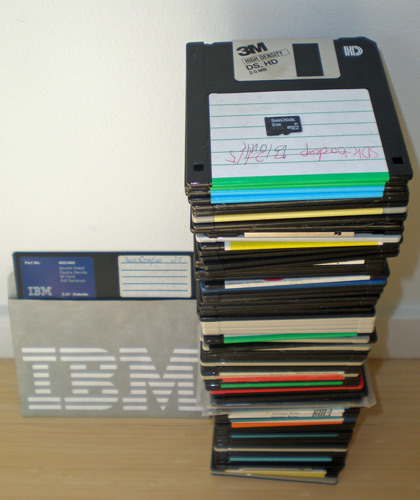
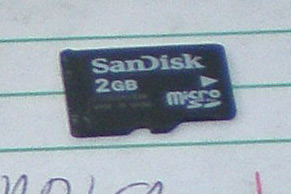 It holds 1,360 of these floppies, or a stack 15 times taller (4.5 meters—14 feet tall!). Or 5,555 times more than the 5.25" “IBM” floppy in the picture.
It holds 1,360 of these floppies, or a stack 15 times taller (4.5 meters—14 feet tall!). Or 5,555 times more than the 5.25" “IBM” floppy in the picture.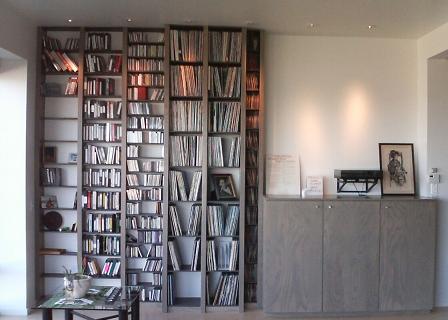 DVDs/videotapes, then CDs/cassettes, then LPs, then 45s. The uprights are closer together than ordinary bookshelves so there aren't wide expanses of LPs to tilt and warp. The three cabinets to the right hold two equipment racks and miscellaneous. The wall bracket holds my beloved incomparable
DVDs/videotapes, then CDs/cassettes, then LPs, then 45s. The uprights are closer together than ordinary bookshelves so there aren't wide expanses of LPs to tilt and warp. The three cabinets to the right hold two equipment racks and miscellaneous. The wall bracket holds my beloved incomparable 